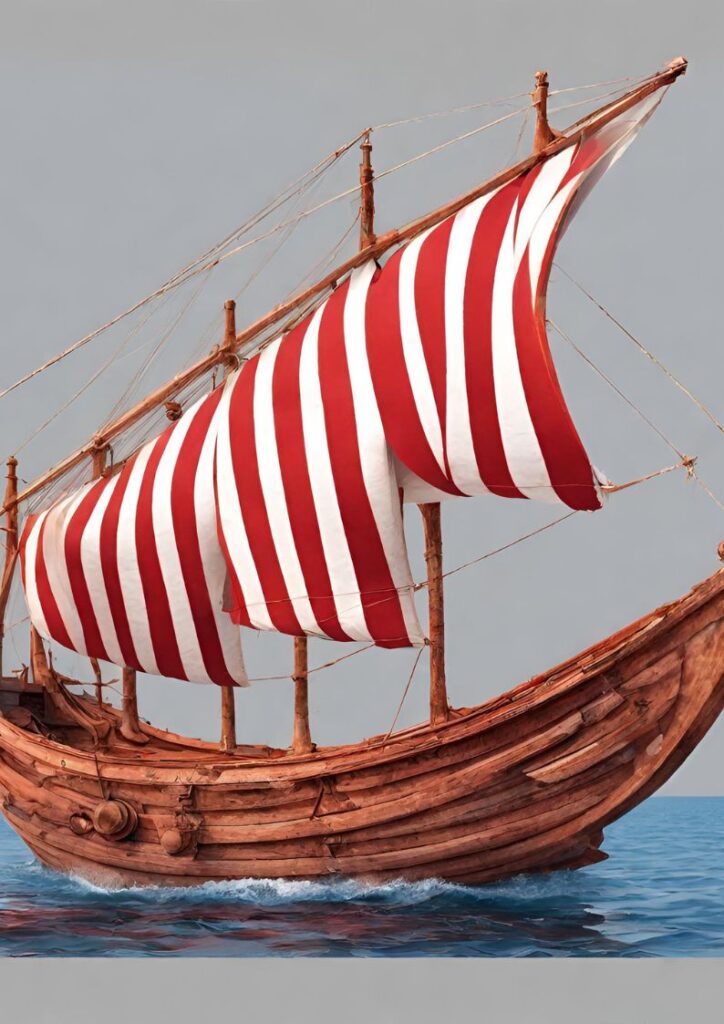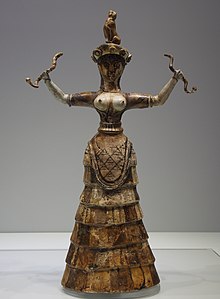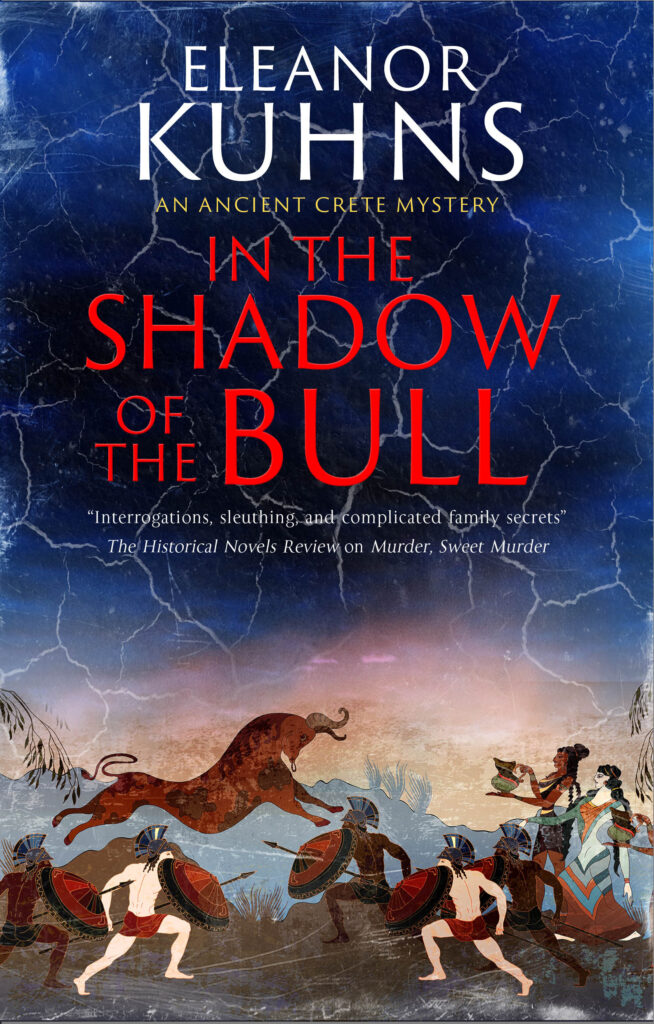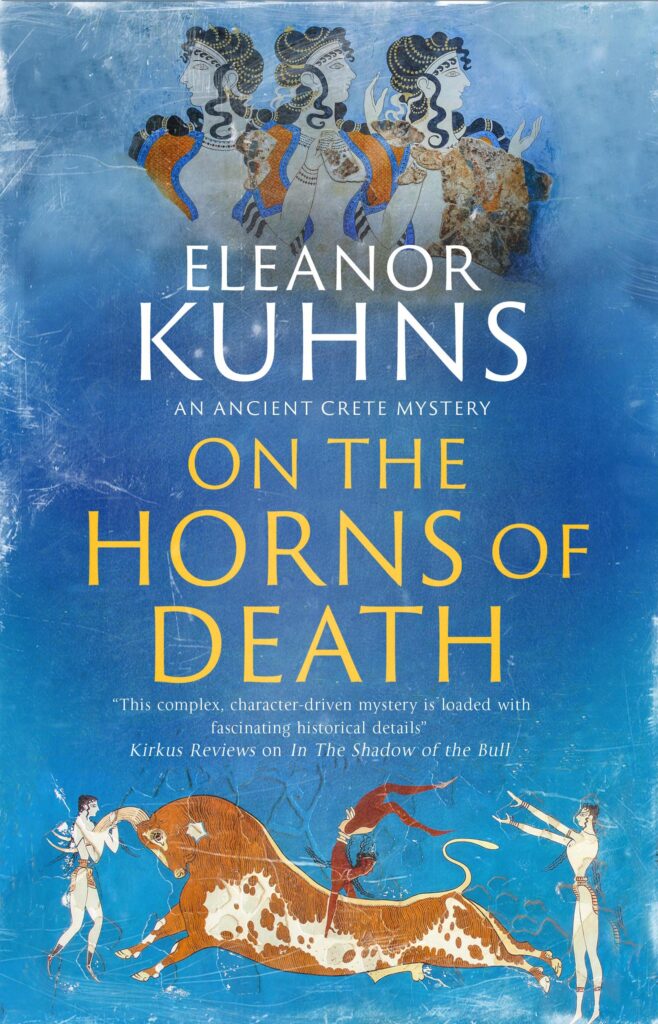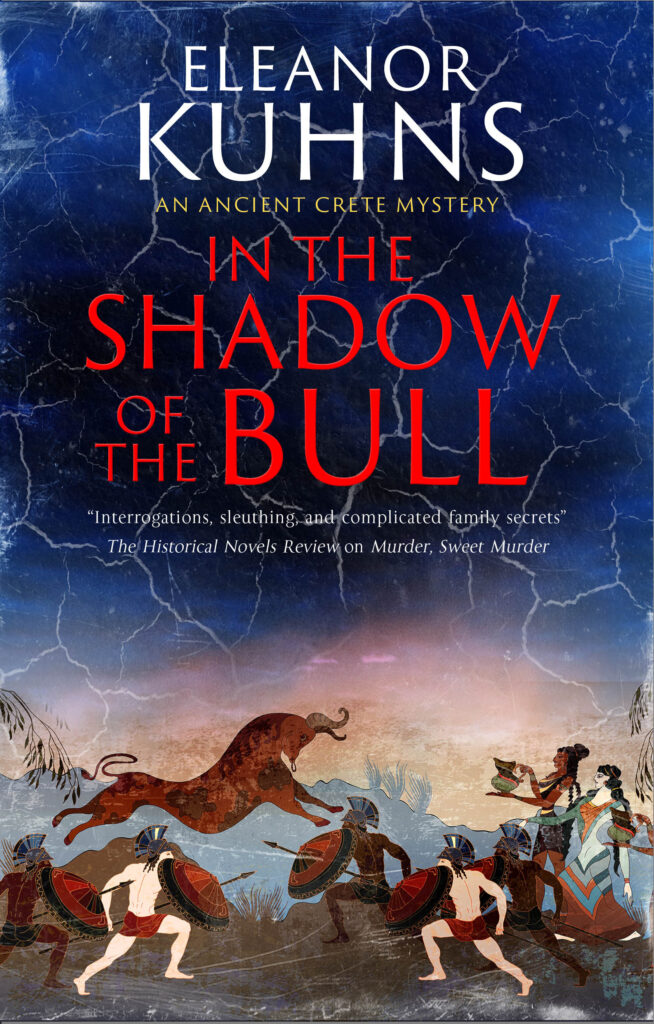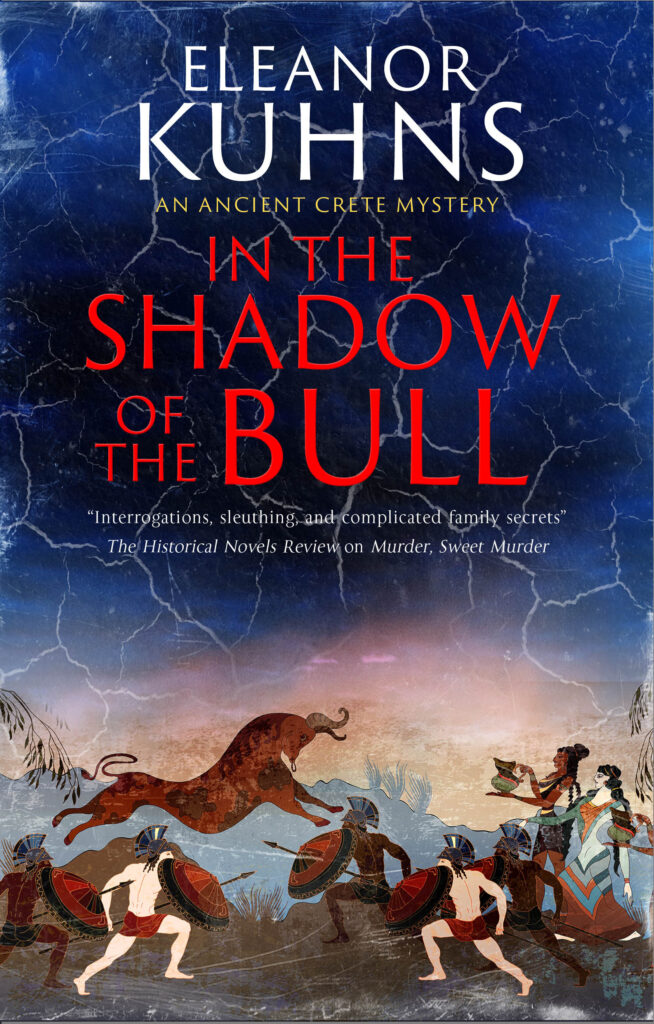For a long time, the image of Bronze Age Crete was of a pastoral and peaceful society. Since theories about the culture were developed from excavations, as well as the archaeologists’ own opinions, the truth about the details of this civilization has been difficult to ascertain.
Several years ago, an excavation revealed what appeared to be the sacrifice of a young man. His body was placed on a platform and an older man, theorized to be a priest, stood next to it with a bowl in one hand and a knife in the other. The remains of a woman were found a few steps behind the priest.
Since they were killed during an earthquake, when the building in which they stood fell down around them, it is thought the human sacrifice was designed to stop the earthquake and/or propitiate the God sending the earthquake.
Human sacrifice was not uncommon in the past. It was a serious event, designed to placate a God and prevent terrible occurrences such as famine, disease, and yes, earthquakes. A human life was the most valuable gift that could be given.
The Aztecs worshipped a violent God and sacrificed hundreds, possibly thousands, of captives to him. Joseph Campbell discusses the practice in Europe of ritually sacrificing the king so that his life could nourish the soil. Recently, more evidence of human sacrifice on Crete from the Mycenaean period (approx 1280 B.C.E.) came to light in Chania, Crete (old name Kydonia.)
Dr. Vlazaki disclosed the information during a lecture titled “Chania during Minoan Times”. Bones of many animals, ibexes, young pigs, sheep, goats and cattle were discovered. Among them was found a young girl’s skull, broken into fragments exactly like the animal skulls. Dr. Vlazaki indicated that the find should not be considered strange since Greek mythology describes many examples of sacrifices of virgins during periods of great disasters.
Since this latest find was dated to the Mycenaean period, after the Minoans, it seems that human sacrifice was being practiced hundreds of years after the Minoan culture had been conquered by the Mycenaeans. Put together with the previously discovered example of human sacrifice, the case for this practice by the Bronze Age Cretans seems strong.

